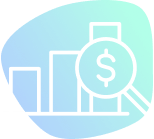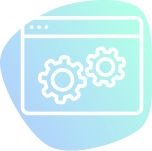Scale Business Processes With Operational ETL
Automate Salesforce data integration, file data preparation, and B2B data sharing
No credit card • Full Trial for 14-Days
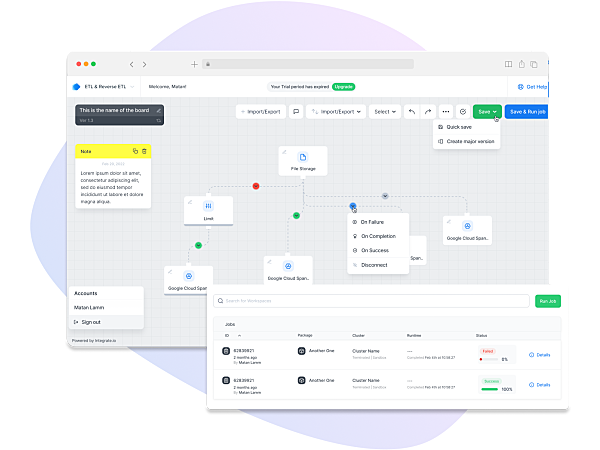

 You will probably like us if your use case involves
You will probably like us if your use case involves-
Salesforce IntegrationOur bi-directional Salesforce connector rocks!LEARN MORE
-
File Data PreparationAutomate file data ingestion, cleansing, and normalization.LEARN MORE
-
REST API IngestionWe’ve yet come across an API we can’t ingest from!LEARN MORE
-
Database ReplicationPower data products with 60-second CDC replication.LEARN MORE
 We may not be a good fit if you’re looking for
We may not be a good fit if you’re looking for-
100s of Native ConnectorsWe’re not in the connectors race, sorry. We do quality, not quantity.
-
Code-heavy SolutionWe exist for users that don’t like spending their days debugging scripts.
-
Self-serve SolutionA Solution Engineer will quickly tell you if we’re a good fit. Then lean on us as much or as little as you like.
-
Trigger-based PipelinesWe don’t do trigger or event-based pipelines. We can schedule ETL pipelines for every 5 minutes and CDC pipelines for every 60-seconds.
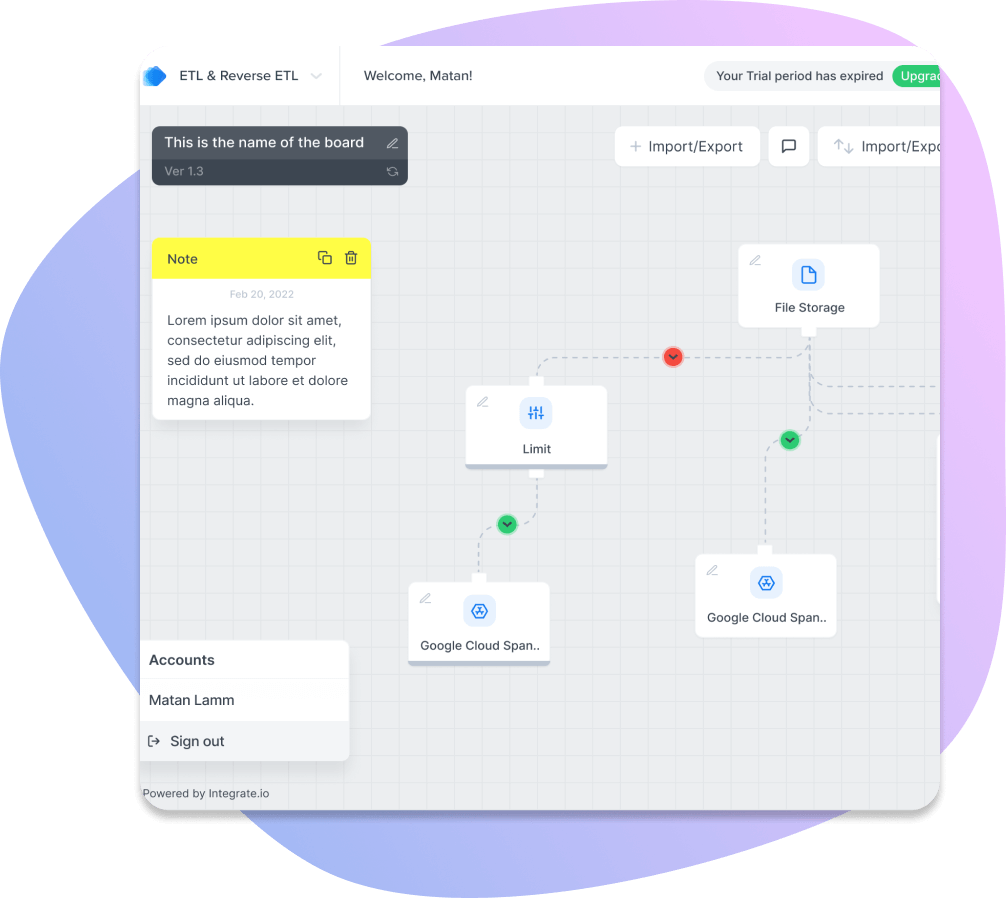
Pipelines In Minutes
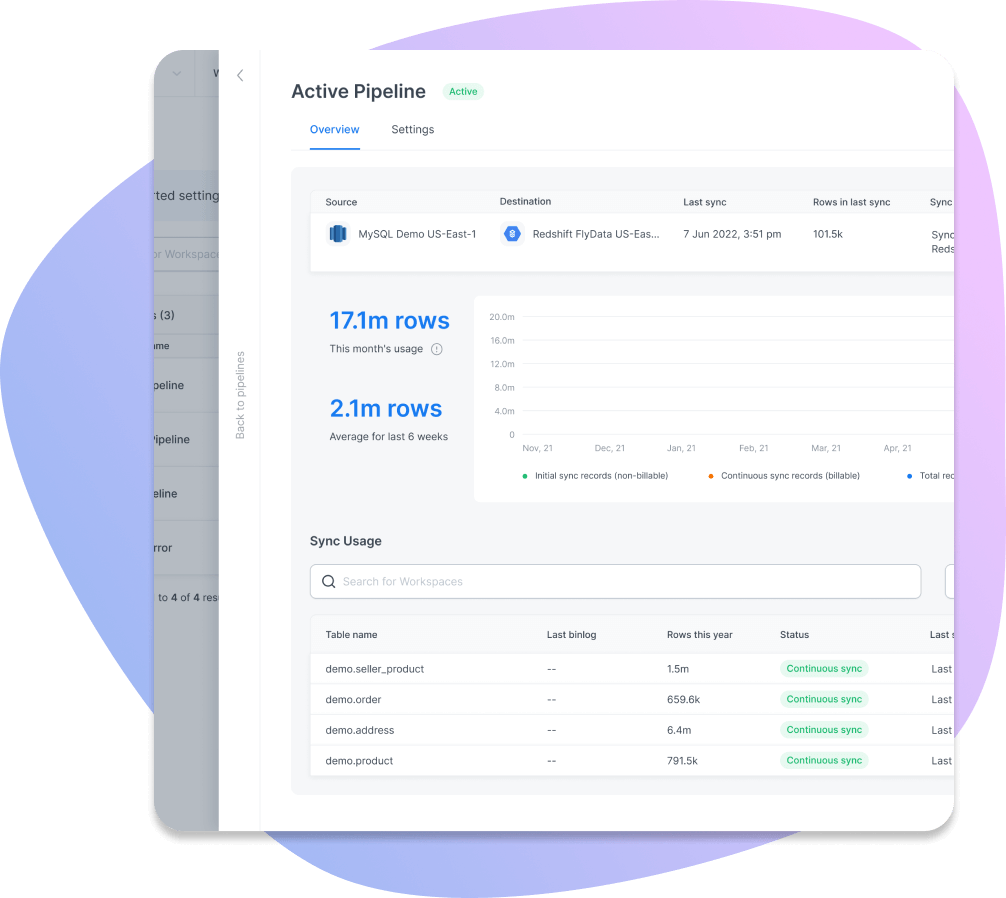
Database Replication
-
Automate Manual ProcessesStreamline data
preparation and
sharing in minutes -
Operationalize
Your DataGet the right data
into your most
important systems -
Power Your
Data ProductsCreate data-based
internal & external
facing applications -
Future-Proof Your
Data JourneyScale to meet any
challenge with a
complete data platform
Data Sources & Destinations
for the leading integrations.
Achieve Your Goals.
Truly Uncommon Customer Support
We ensure your team's success by partnering with you from day one to truly understand your needs & desired outcomes. Our only goal... is to help you overachieve on yours.
Best Customer Service Ever!
“They have been the best customer service team I have ever worked with from any outside vendor.”
- Matthew P., Analytics Manager

Multiply Your Data Team Outcomes
Maximize your data team's output with all of the simple, powerful tools & connectors you’ll ever need in one low-code platform. Empower any size data team to deliver on time & under budget.
TRY IT FREE FOR 14 DAYS
Simplified Regulatory Compliance
The Unified Stack
for Modern Data Teams
Connect with us about using our no-code pipeline platform for your entire data journey









